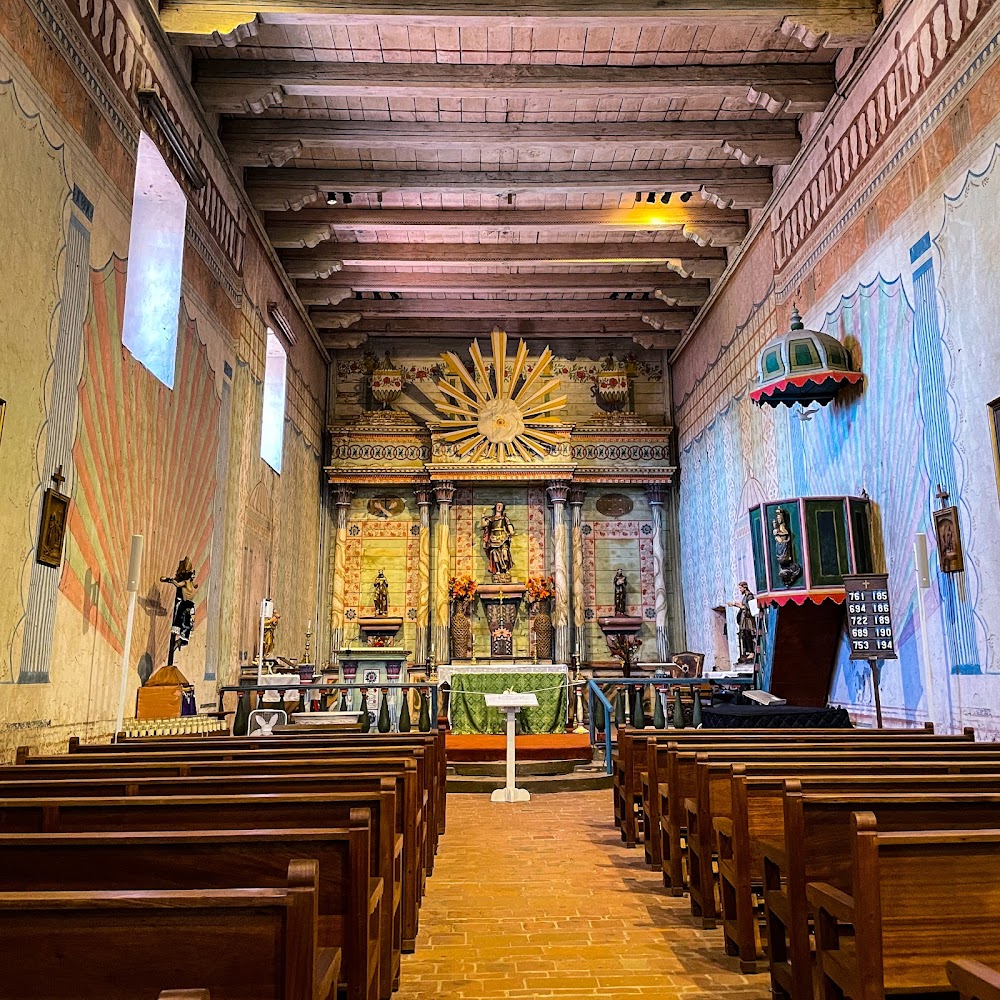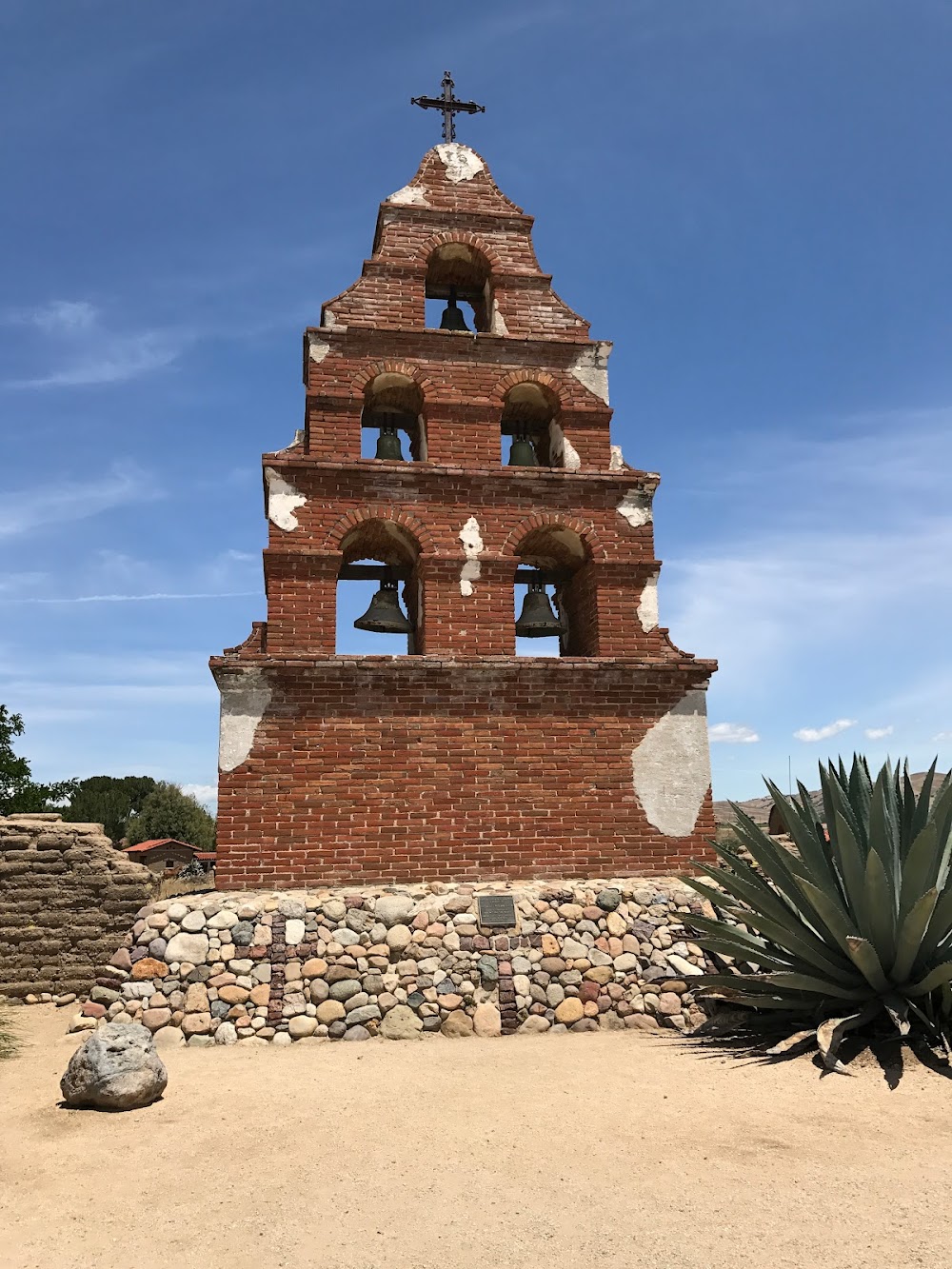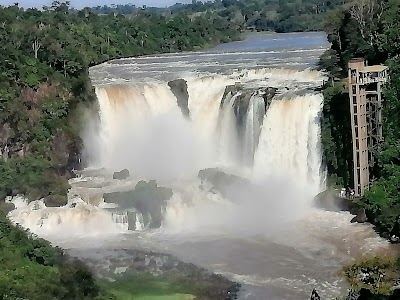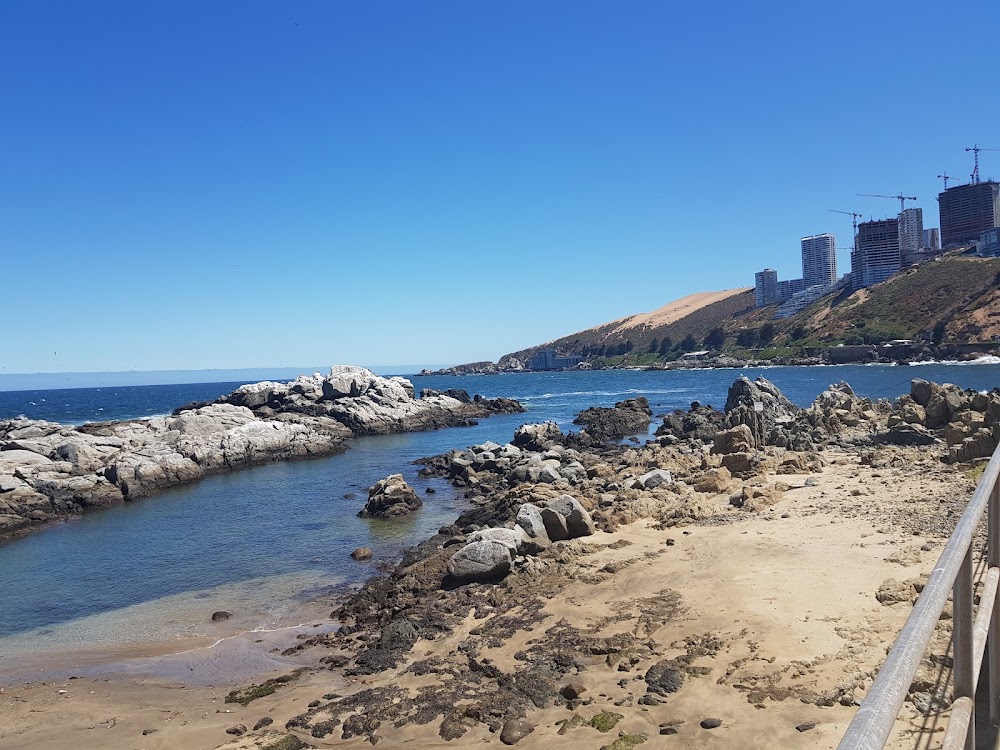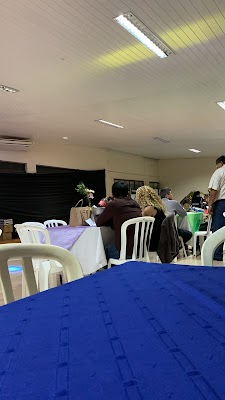San Miguel Mission (Misión de San Miguel)
Overview
**Mission San Miguel Arcángel: A Journey Through Time**
Nestled in the Misiones Department of Paraguay, **Mission San Miguel Arcángel** was founded in the early 17th century by Jesuit missionaries as part of a broader initiative to convert the indigenous Guaraní people to Christianity. Established around 1632, this mission reflects the Jesuits' commitment to fostering spiritual and cultural exchange within the region.
The Jesuits carefully selected this location for its **fertile soil** and strategic proximity to the Paraná River, which facilitated transportation and trade. The decision to establish the mission was made in consultation with local Guaraní leaders, who recognized the potential benefits of education, healthcare, and technological advancements offered by the missionaries. This collaboration was crucial to the construction and sustainability of the mission.
Construction of the mission was a **communal endeavor**, with the Guaraní people playing a significant role under the guidance of Jesuit architects and engineers. Sandstone, quarried from nearby sites, served as the primary building material, complemented by timber and clay. The labor-intensive process showcased intricate craftsmanship, evident in the detailed stone carvings and wooden structures that adorn the mission.
The mission complex was designed to be self-sufficient and included several essential buildings: a **church**, living quarters for the missionaries, workshops, storerooms, and communal spaces for the Guaraní. At the heart of the mission stood the church, featuring an impressive façade that combined Baroque and indigenous architectural elements. Inside, the church was adorned with religious statues, paintings, and altars, many crafted by skilled indigenous artisans trained by the Jesuits.
**Agriculture** played a vital role in the mission's success. The fertile lands surrounding San Miguel Arcángel were cultivated using advanced farming techniques introduced by the Jesuits, yielding crops such as maize, cassava, and cotton. They also raised livestock, including cattle and sheep, providing essential resources like meat, wool, and leather.
Education was another cornerstone of the mission's community life. Jesuit missionaries established schools where Guaraní children learned to read and write in both their native language and Spanish. They were taught various crafts, including weaving, carpentry, and music, which played a crucial role in the mission's culture. Liturgical music, composed by the Jesuits, often featured traditional Guaraní melodies performed by choirs and orchestras.
The mission's **healthcare** system included an infirmary where Jesuit brothers practiced medicine, blending local healing knowledge with Western practices. This holistic approach helped to mitigate the impact of European diseases that had devastated many indigenous communities.
For over a century, San Miguel Arcángel flourished, but by the mid-18th century, political upheaval in Europe led to the expulsion of the Jesuits from Spanish territories in 1767. Following their departure, the mission entered a period of decline as the Guaraní people dispersed, and Spanish colonial authorities struggled to maintain the prosperity and organization achieved under Jesuit leadership.
Today, **Mission San Miguel Arcángel** stands as a remarkable testament to the cultural exchange between the Jesuits and the Guaraní, recognized as a UNESCO World Heritage Site for its historical significance and well-preserved architecture. Visitors can wander through the ruins, marvel at the artistry of the stonework and wood carvings, and envision the vibrant life that once thrived within the mission grounds.
This mission offers valuable insights into the Jesuit approach to evangelization, which intricately combined religious instruction with social and economic development. By emphasizing community cooperation and cultural respect, the Jesuits allowed the Guaraní to retain elements of their identity while embracing new skills and knowledge. The blending of cultures at San Miguel Arcángel serves as a poignant reminder of the complex history of colonization and the enduring legacy of the Jesuit missions in South America.


